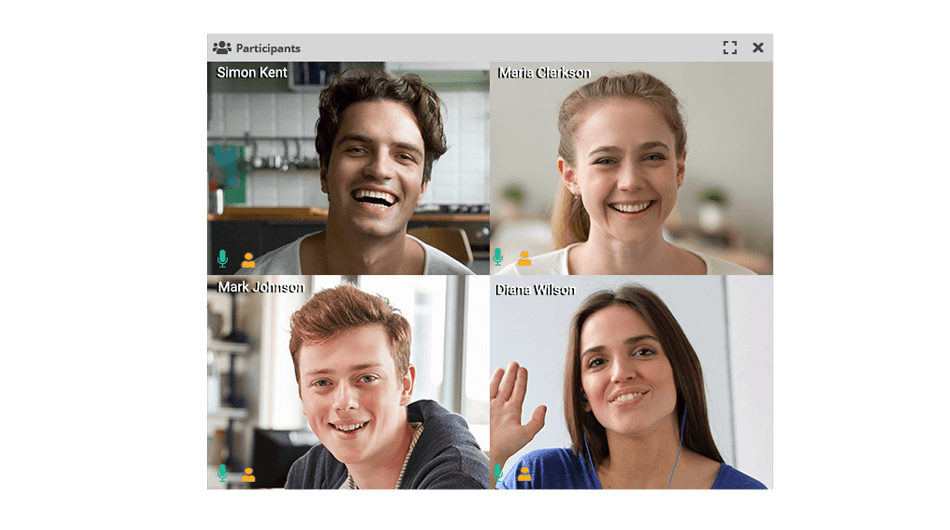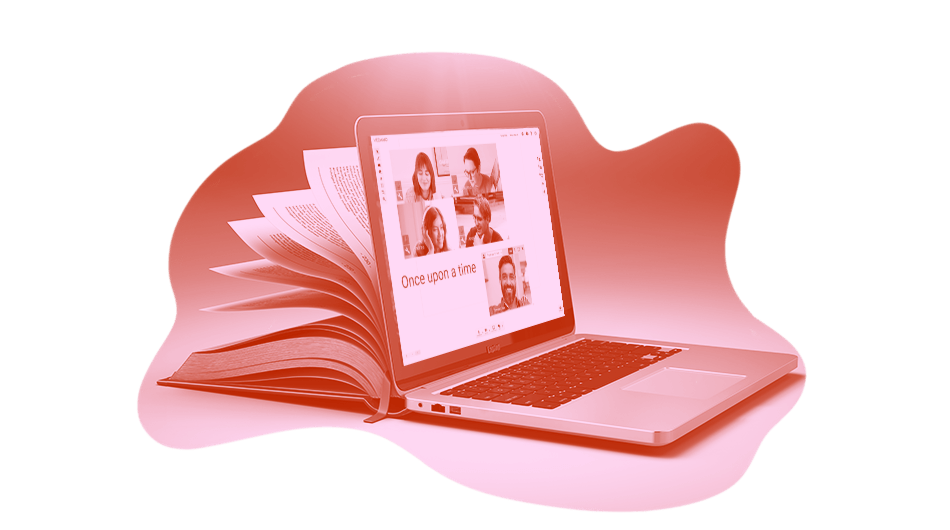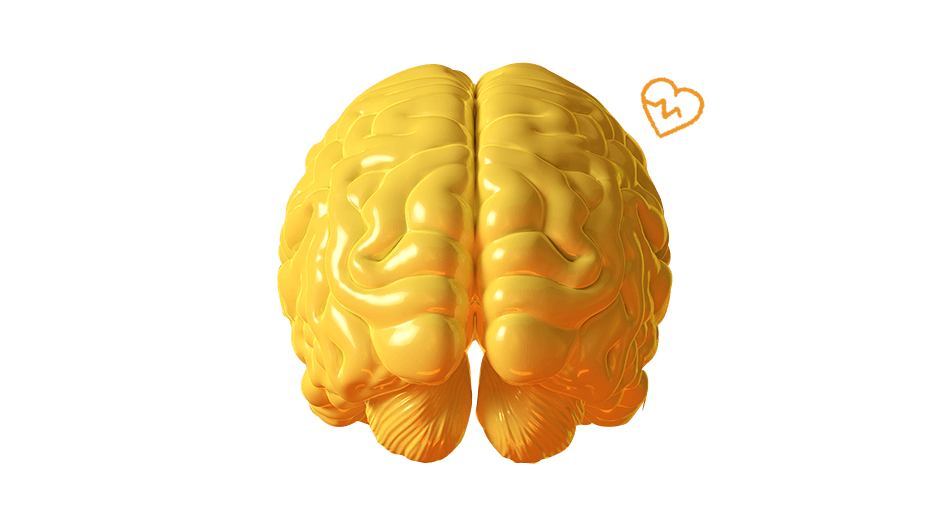Building a remote learning community is one of the biggest challenges in distance education. Its main goal is for everyone to have a sense of belonging. The first step of this process is to create the core values that every learner should follow. Different techniques that make learning effective and ensure the well-being of everybody also play a vital role. Here are some methods to create authentic connections and foster a great online community.
Core values
Establishing a remote learning community is relatively new to the world of education. Students need to follow the rules of their virtual classroom, but it is even more important to adopt and share the values of the community. Here are some of them:
- Respect for the rights, differences, and dignity of others – focusing on solidarity and being respectful is key to long-term connections and teamwork.
- Honesty and integrity – this requires dutiful people who value and defend the community as a whole.
- Accountability – every learner is accountable for their behavior.
- Collaboration and inclusion – healthy teamwork is crucial for a community development project to succeed.
- Purpose – the community should have a purposе that everyone respects and contributes to.
Teachers should constantly ask themselves how to affirm these values. Sometimes it is easy for youngsters to do things that are contrary to them. Here comes the role of the tutors who are viewed by students as leaders. Teachers provide safety and play an active role in upholding the values stated above. Teachers are also accountable for making sure that everybody has a role in the community and its activities.
Games

Is there any better way to engage students in learning than through the use of games? They have a positive effect on affirming the values of a remote community. Games encourage students to work as a team and facilitate learning and discussions.
Usually games are dependent on the technological capabilities of the software. VEDAMO’s e-learning platform has a virtual classroom that enables breakout rooms. Thus, it allows team games to be played. For example:
- The tutor gives a topic, e.g. “The Pros and Cons of GMO Food.”
- The tutor assigns the participants to breakout rooms.
- Each group is asked to create a mood board full of pictures that expresses their point of view.
- Each team is asked to present their work to the other teams.
- Each team member is required to participate in the discussion that follows.
It is recommended that the tutor offer a prize for the best presentation. This way students feel more motivated to play an active role in the game. Teachers can prepare rewards for all the participants to avoid unpleasant feelings among them.
Another example of a quality game that supports a remote learning community is “The One Thing” game. First, students are asked to draw or write down the main thing or idea that they learned in the session. Then they are expected to defend their choice. This way tutors ensure that learners are focused during the lesson. Additionally, students are more likely to remember information as the game includes interaction and communication.
It is important to note that teachers should offer multiple channels of communication because some students may not feel confident enough to speak. They can engage with the other part of the community by using the chatting function. Moreover, learners should take breaks to restore their mental energy.
Storytelling

Stories are the most engaging tool in a community. As you may know, some civilizations did not have written languages. However, these civilizations have been able to preserve their culture thanks to unique stories that kept their spirit, culture, and achievements alive.
In the case of remote learning communities, stories are crucial. They have the power to bring students together. Everyone can share their unique experience, which can serve to motivate and inspire others. Stories are relatable so with the help of storytelling students can create stronger bonds with others from their remote learning community.
Mental health

When it comes to preserving a community in the 21st century, teachers should pay close attention to mental health. Learning is, after all, an experience where quality matters. Even when sessions are engaging, they are also tiring. Students should be encouraged to pay attention to self-care. Otherwise, they might start feeling burned out, anxious, or depressed.
Tutors can teach students various meditation and breathing techniques. Moreover, learners should take breaks to restore their mental energy. Tutors can encourage their students to spend more time outdoors. It is a proven fact that nature has a positive effect on mental health and overall productivity.
It is a good idea for teachers to incorporate humor into their teaching methods. This will make students feel closer to them, which in turn will reduce stress. In addition, tutors can create funny challenges to motivate students to engage in discussions and create new connections. For example, learners can be encouraged to go outside and ask the first three people they see three questions about mental health.
Ask & Listen
The remote learning community requires good leadership and active listeners. Teachers can emphasize encouragement by giving shout-outs and engaging in more discussions.
It is essential to keep the discussion going by asking the right questions. They lead to profound and well-structured answers. However, it is even more vital for teachers to listen to their students and appreciate their ideas and way of thinking. Tutors are advised to avoid interrupting their students or using improper language because that might have a detrimental effect on the learning community.
Microlearning techniques

Tutors can focus on microlearning by offering small, manageable chunks of information. The purpose of microlearning is to increase the learners’ retention and memory. Students are more likely to remember small pieces of information rather than longer ones. This fact might have a positive effect on the remote learning community. People feel more motivated when they perform well in learning sessions. Peer influence plays a key role here as kids tend to look up to the best performers and try to emulate them. As a result, students are more likely to be consistently engaged in the activities of the remote learning community.
Fortunately, some virtual classrooms have interactive tools like an online whiteboard on which tutors can draw infographics and insert videos. Thus, microlearning can improve learning opportunities and create a better environment.
The most rapid development of human civilization happened when communities formed. That’s why creating a successful online learning community is critical for the success of remote education in times of a pandemic. It induces the feeling of safety and comfort by creating a unique environment for everyone. It ensures that students are engaged during class and are motivated to reach their goals.
